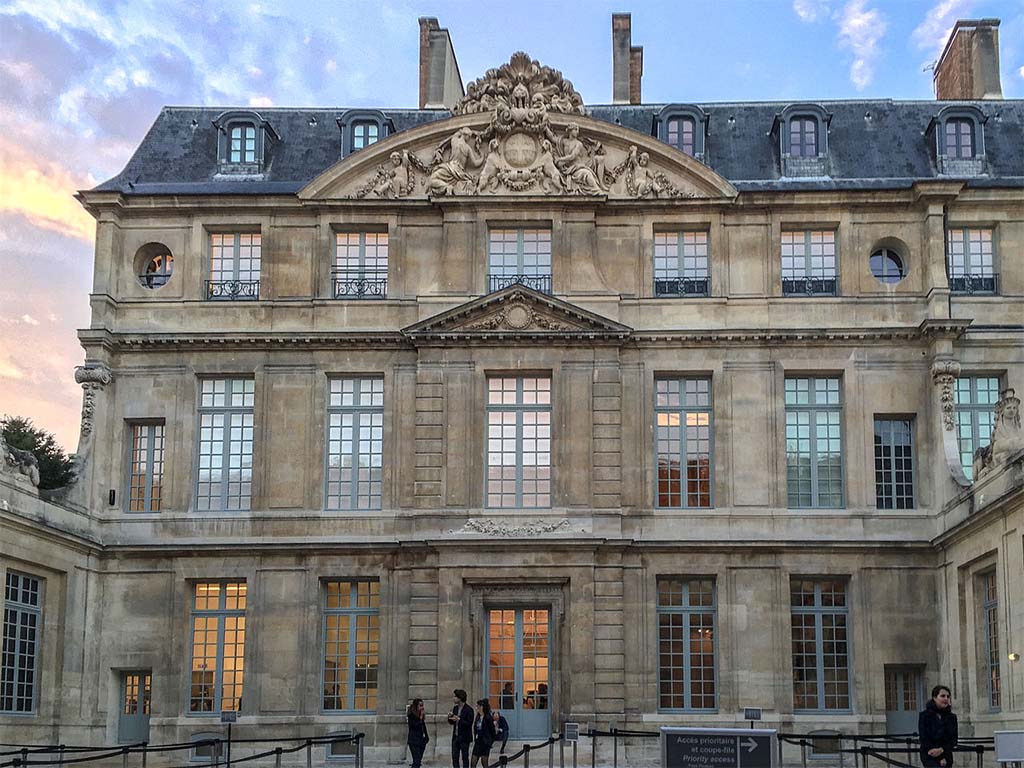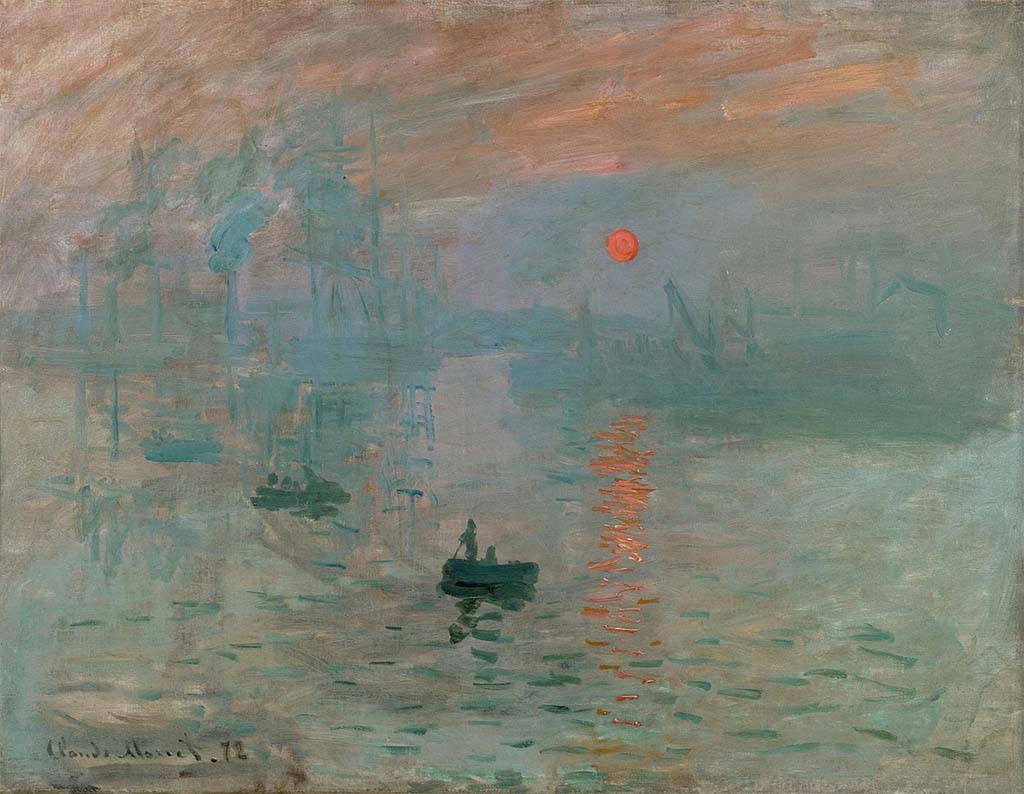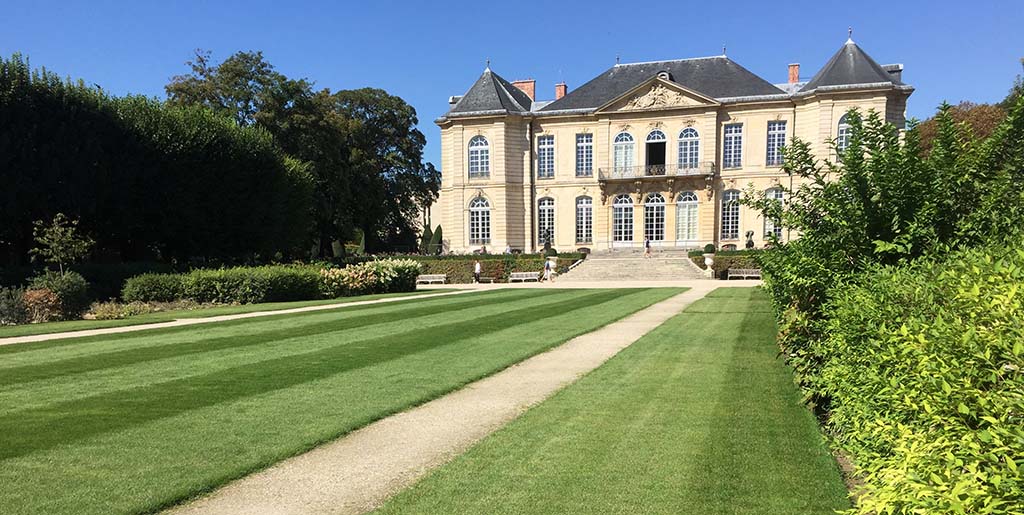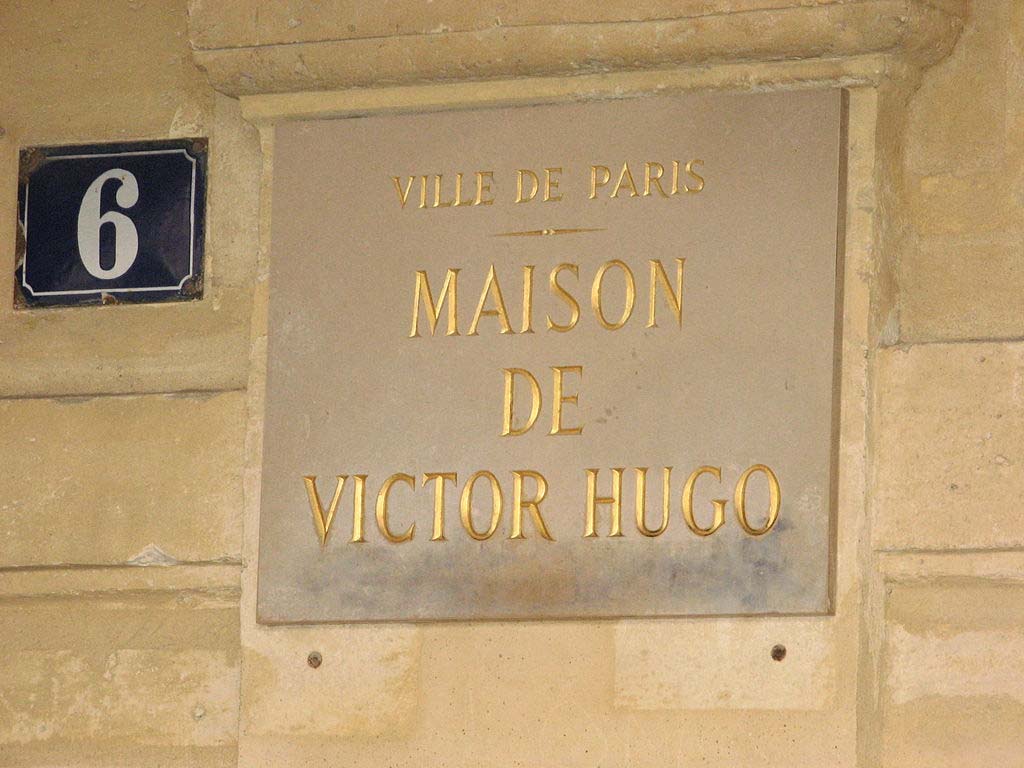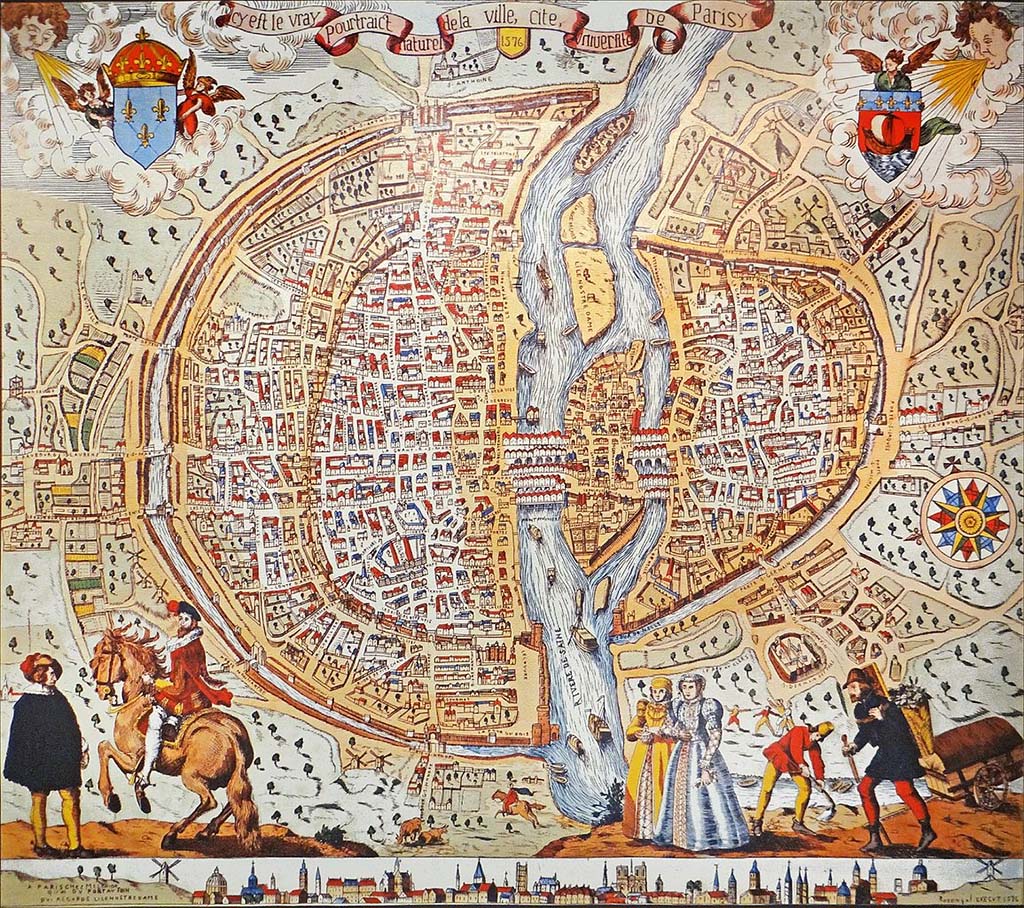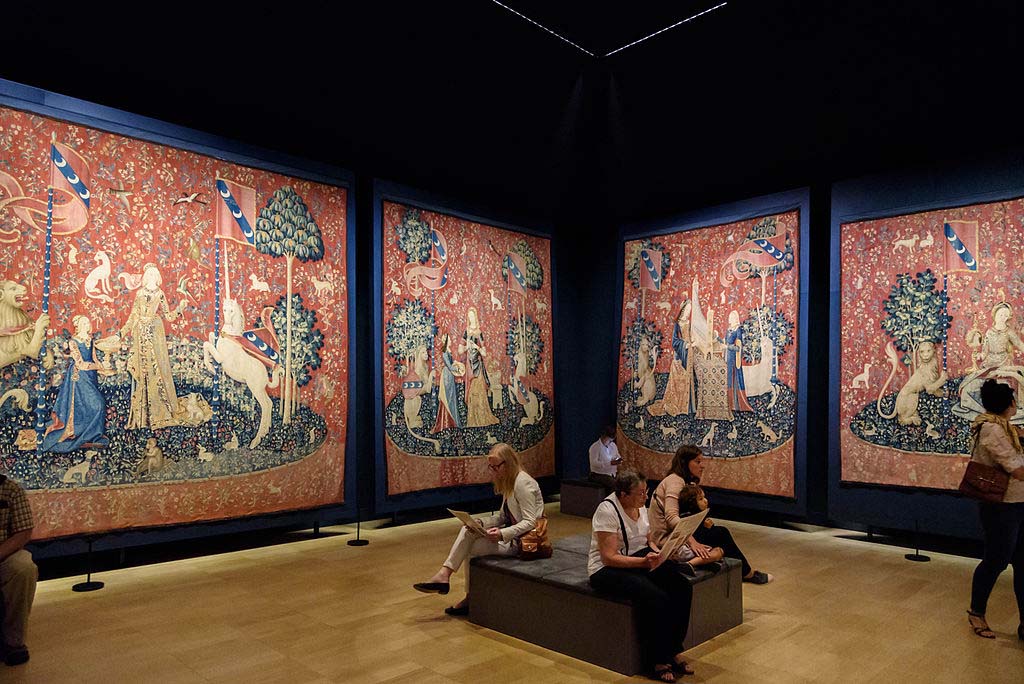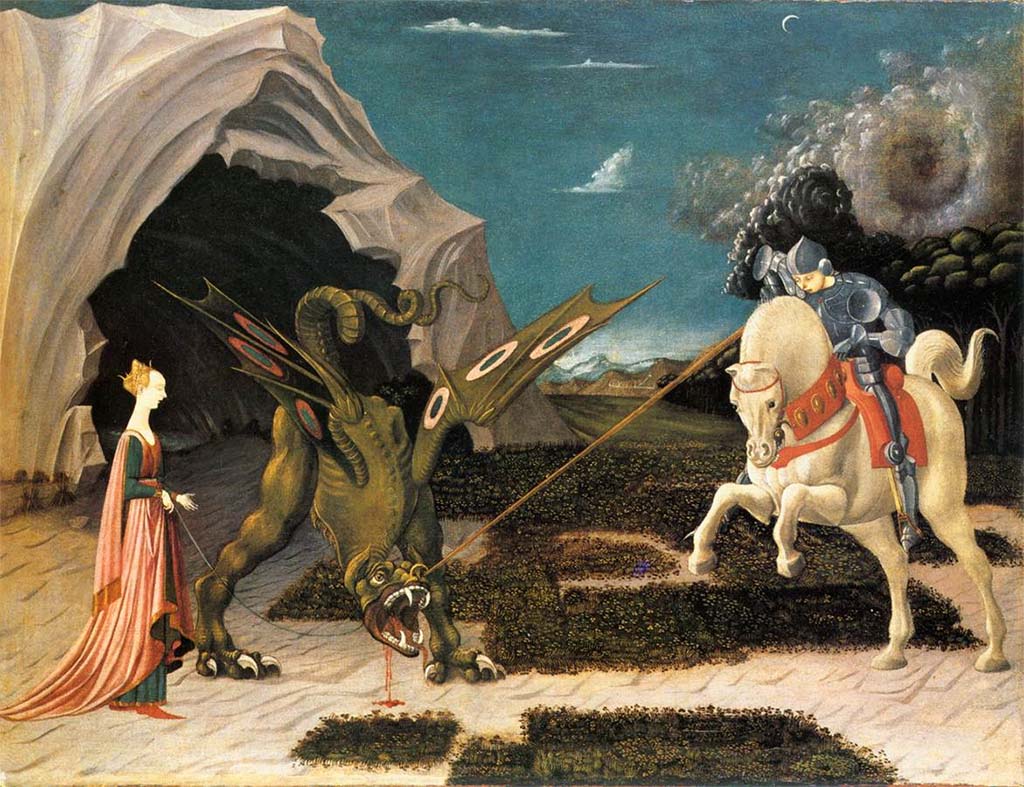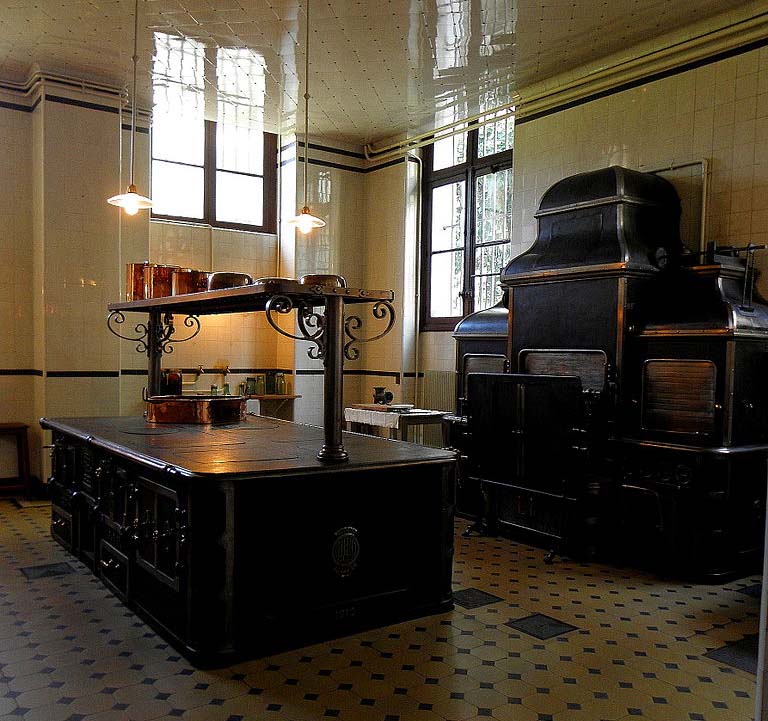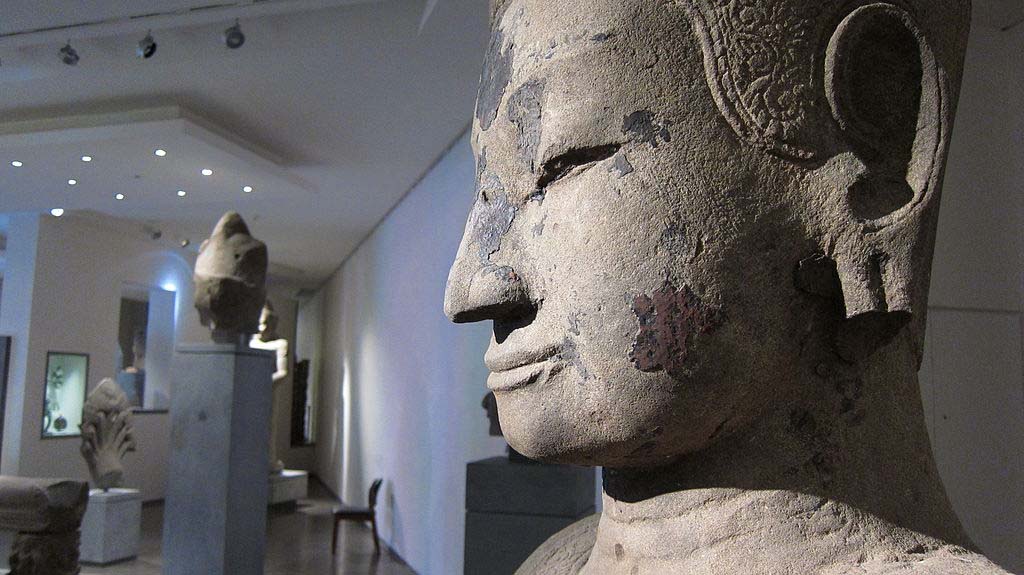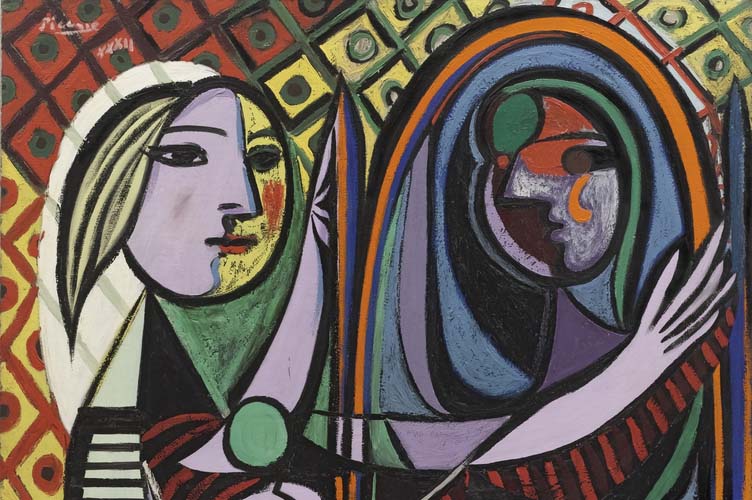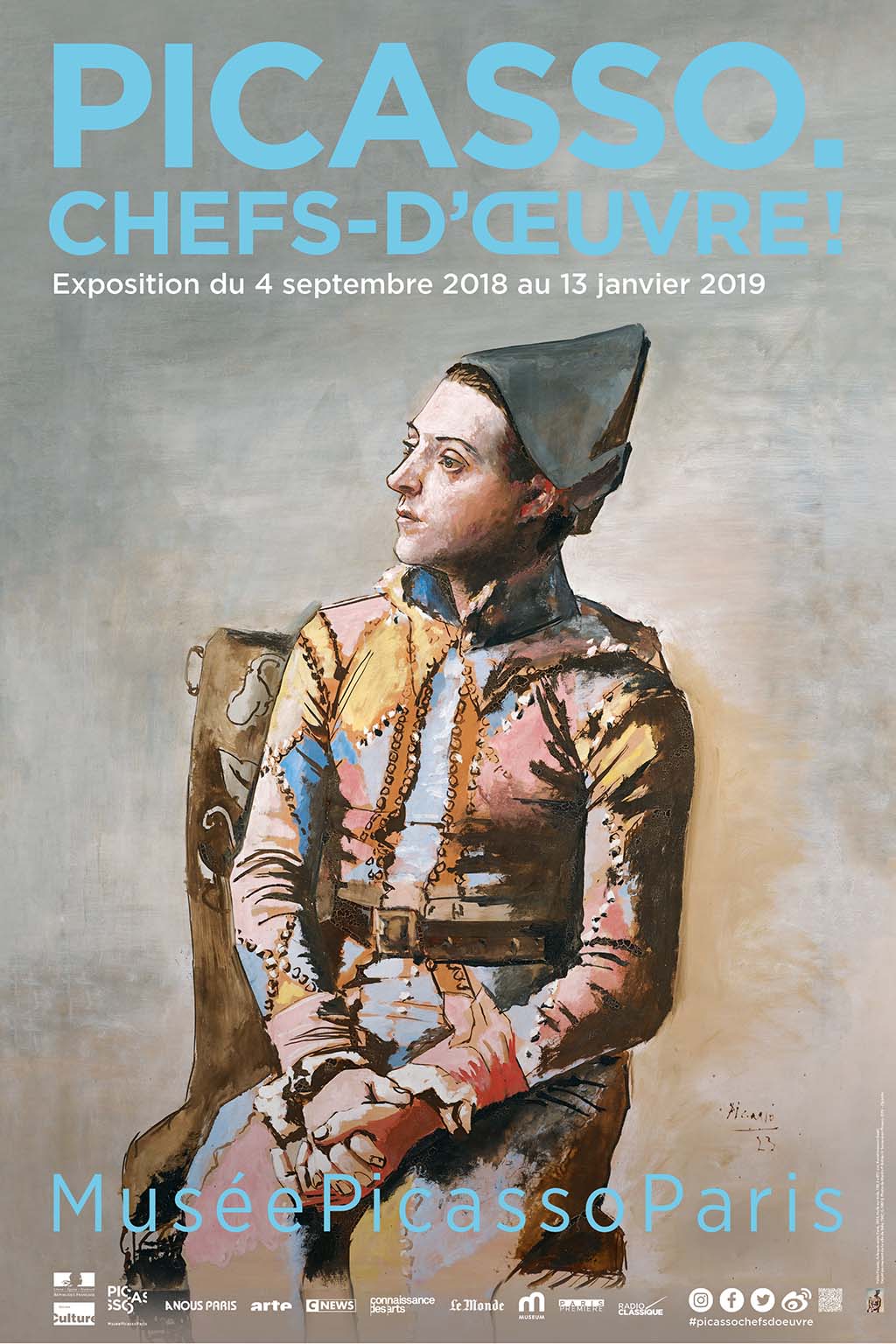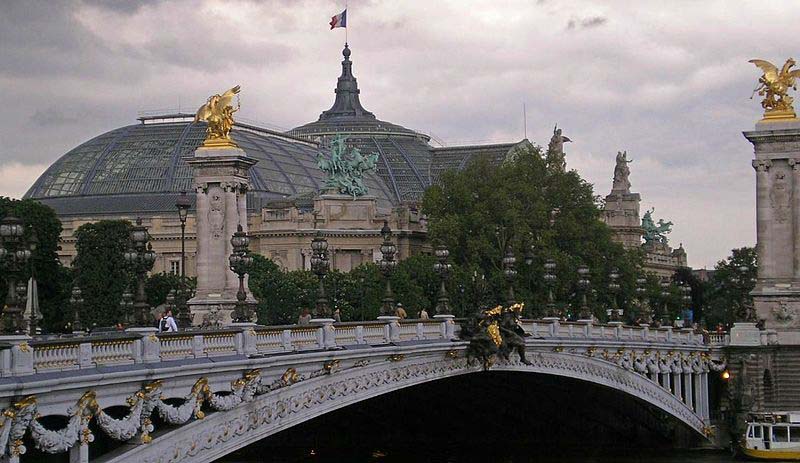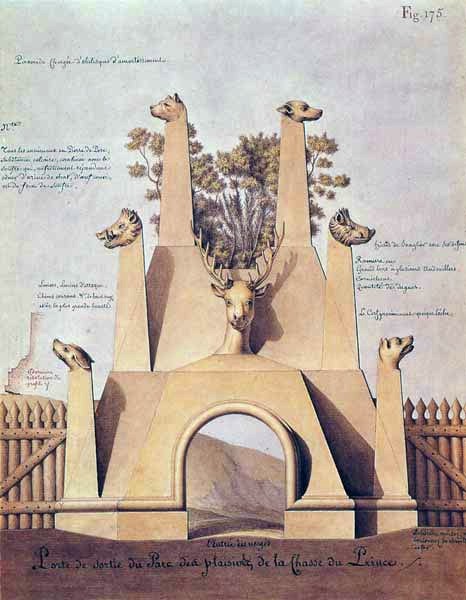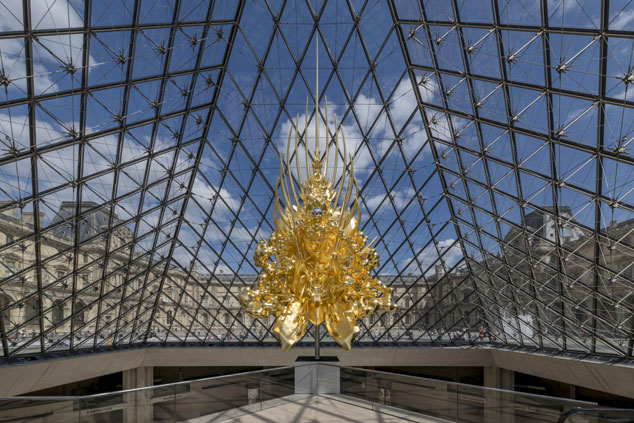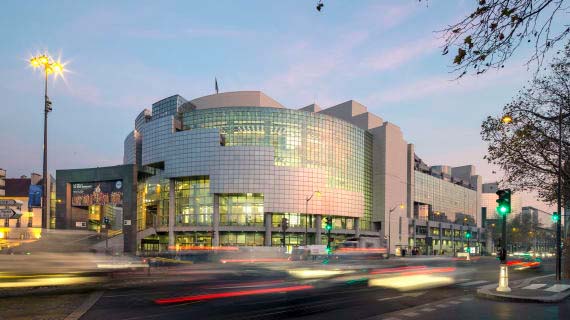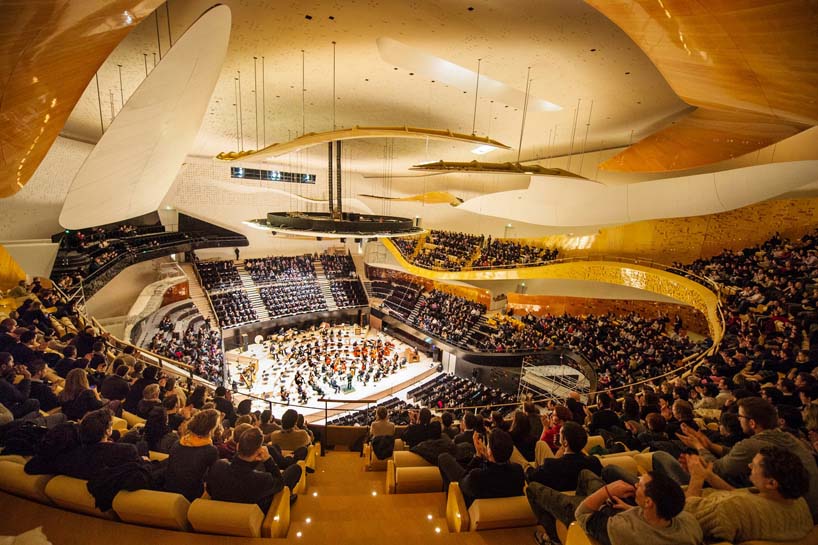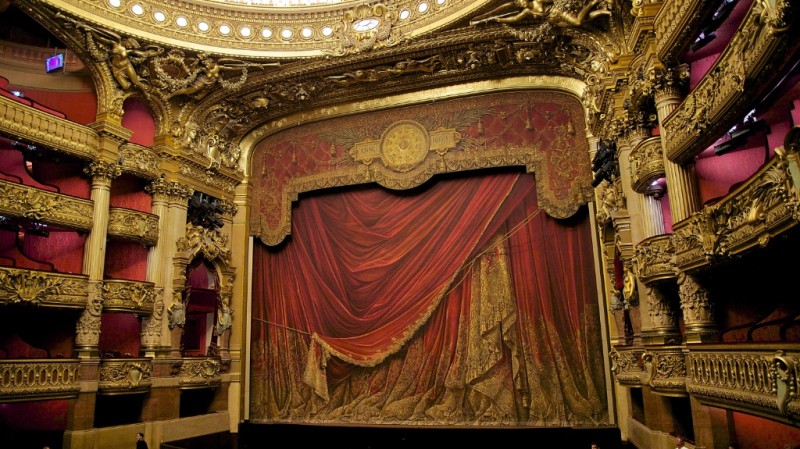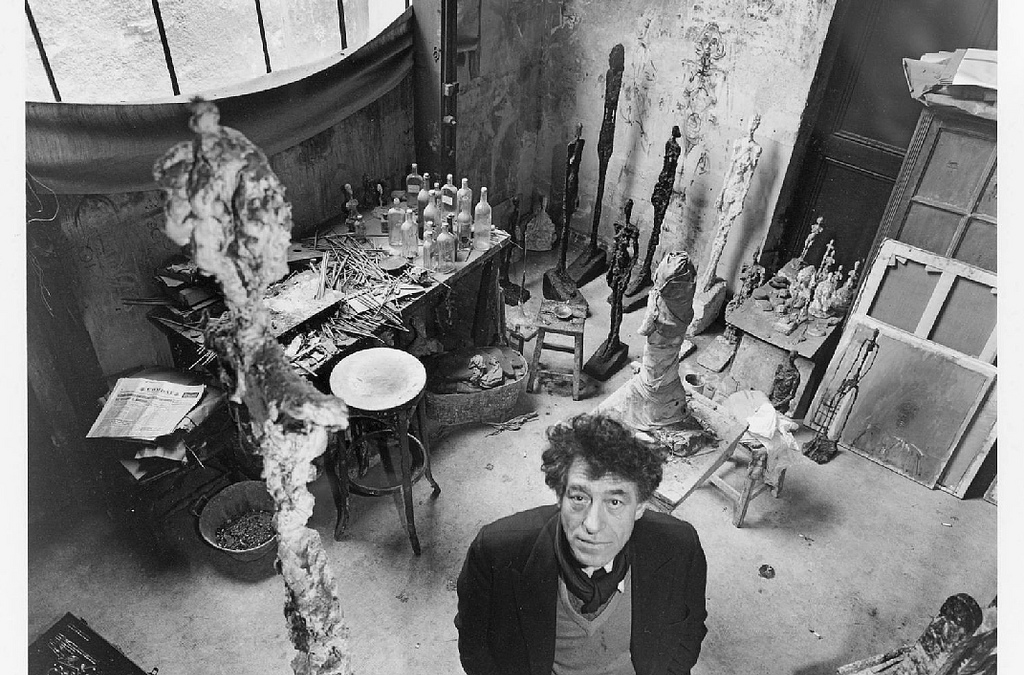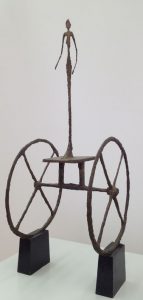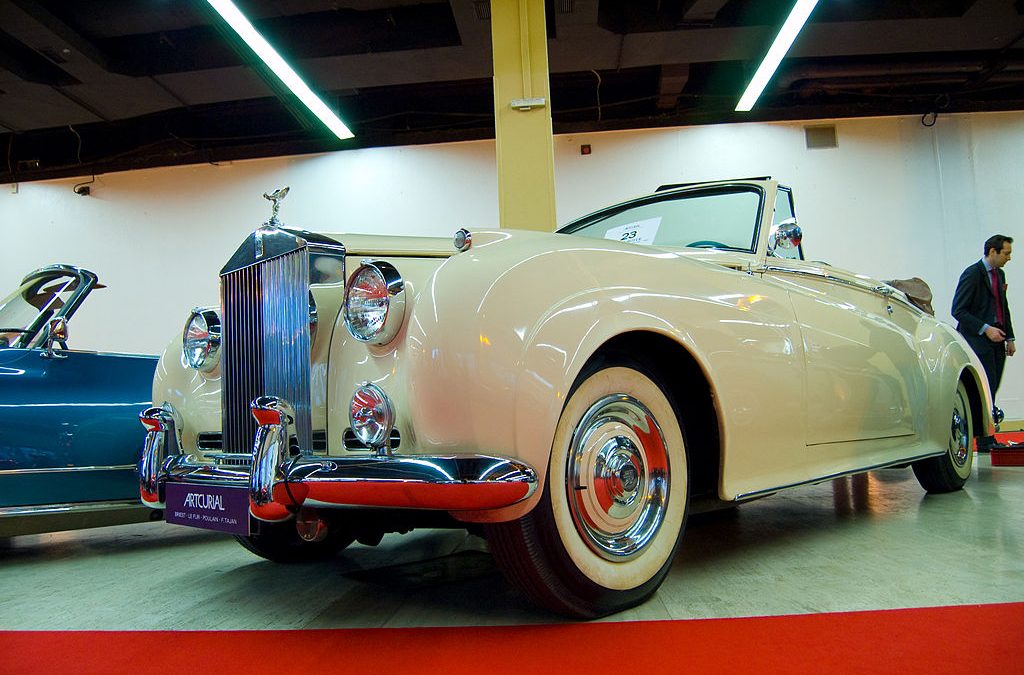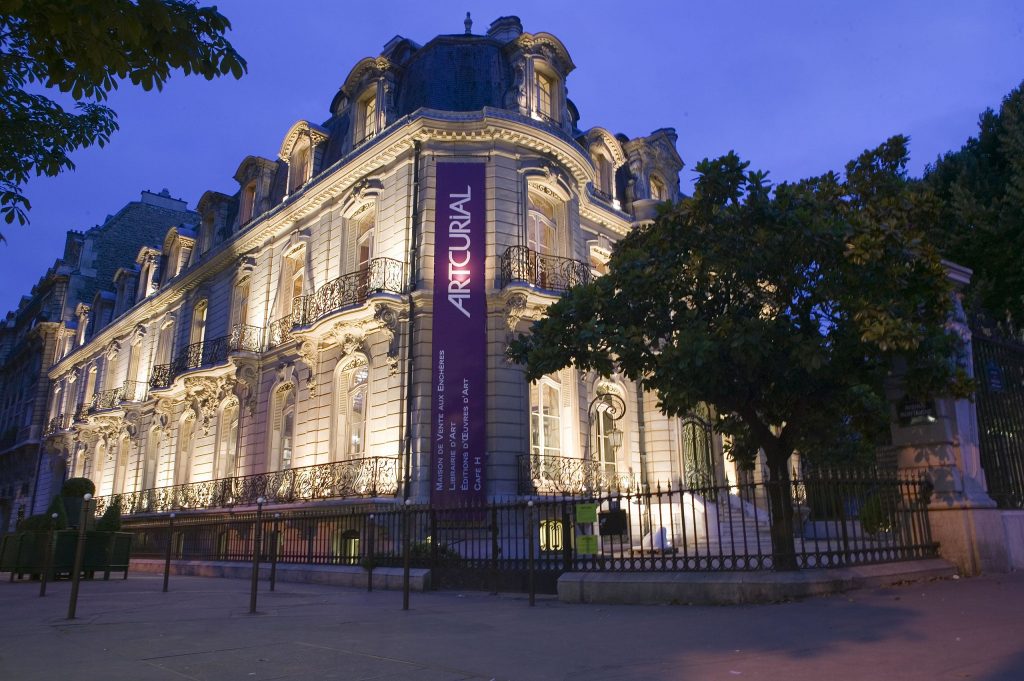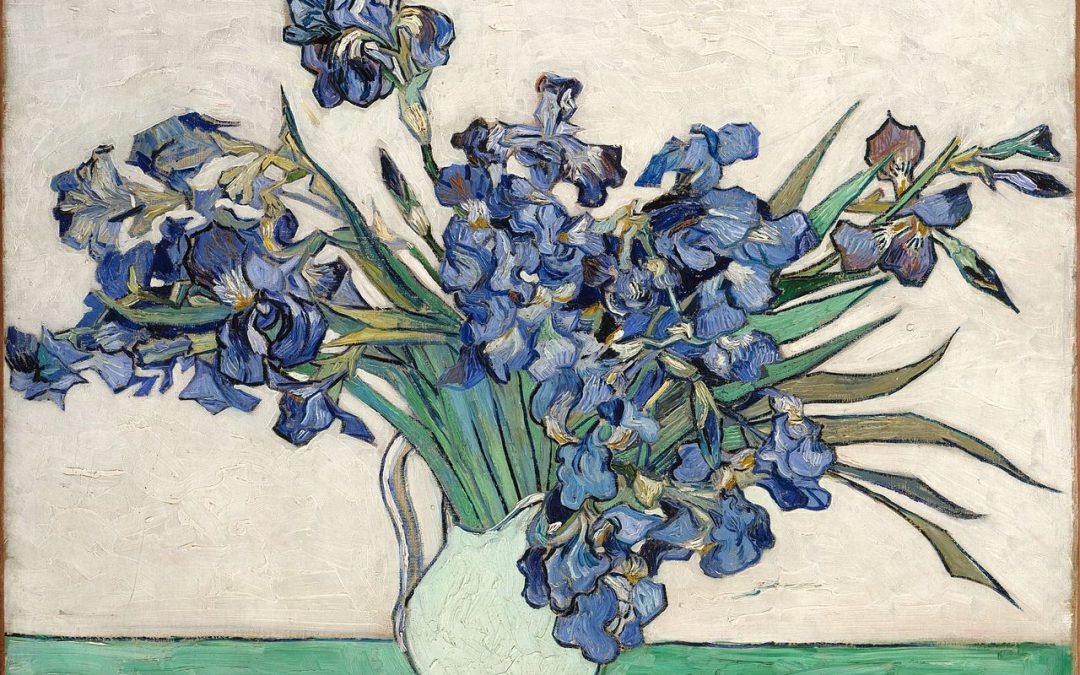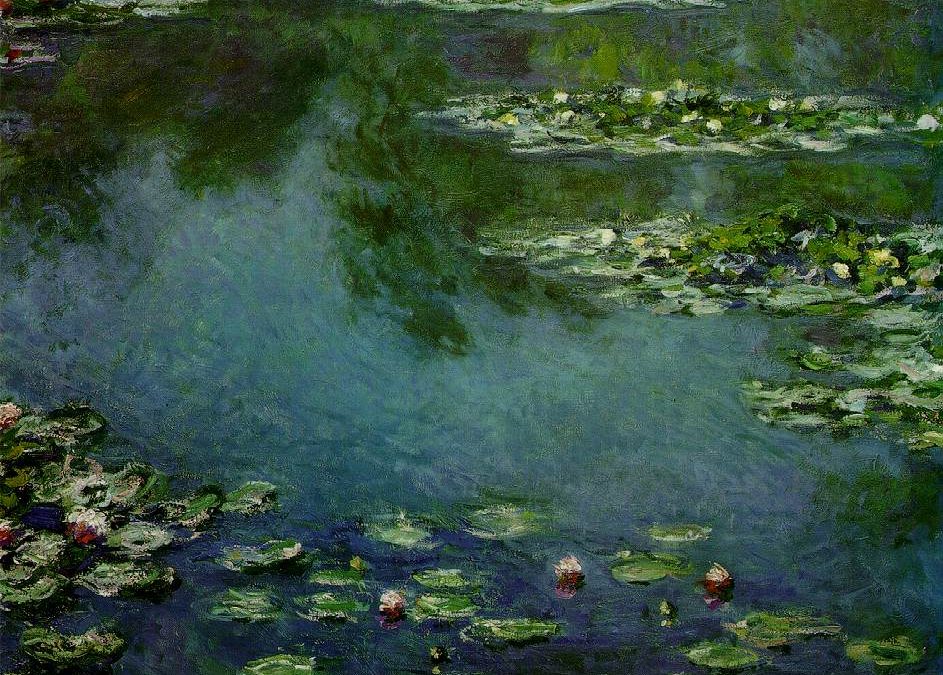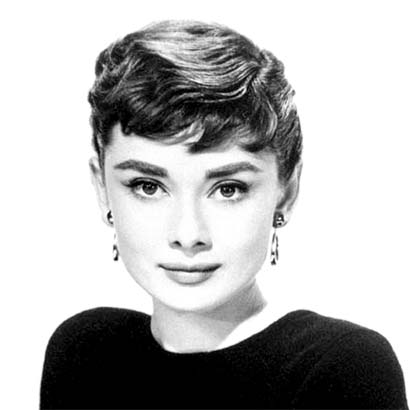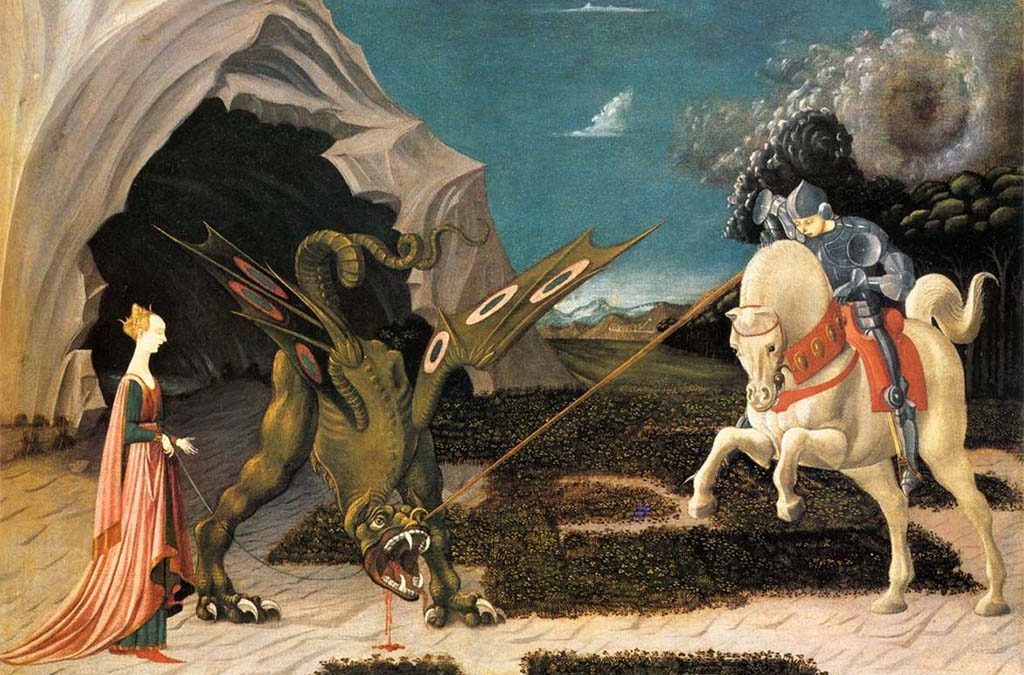
15 Lesser-Known Museums in Paris
Everyone knows the Louvre and Musée d’Orsay, but in Paris, there are plenty of opportunities to find lesser known museums. Most of these are kind of double-headers as museums go. The house or building is an outstanding work of art along with the art that is inside. Make sure to put a few of the two-for-ones on your Paris List.
1. Musée Picasso Paris
The Musée Picasso Paris is located in the newly renovated Hôtel Salé. Originally restored between 1974 – 1979 as an historical monument, it was transformed into a museum between 1979 and the 1985 opening.
During that time, the house from the 1600s was carefully converted into a magnificent art space. It is truly an outstanding example of a Hotel Particulier – or private mansion.
In 1985, Bruno Foucart described the Hôtel Salé as, “the grandest, most extraordinary, if not the most extravagant, of the grand Parisian houses of the 17th century”.
And, what is inside? Works from the prolific master, Pablo Picasso. More than 5,000 paintings, etchings, engravings, sketches and sculputures.
Make sure to notice the incredible stucco and stone work in the mansion – you really can’t help but see it.
2. Musée Marmottan Monet
More than 300 works by Claude Monet occupy the Musée Marmottan Monet. The elegant home in the 16th arrondissement is where you can see the painting that gave its name to Impressionism. Claude Monet’s “Impression, soleil levant” (“Impression, sunrise” in English), may not be as big of a stunner as other works by Monet. But, without a doubt, you will instantly recognize it as an impressionist painting.
In 1966, Michel Monet, the son of Claude Monet, gave his inherited collection of his father’s paintings to the Musée Marmottan Monet. Along with the largest collection of Monets, you can see works by Manet, Monet, Pissaro, Sisley, Morisot and many more. The house itself is worthy of a visit on its own. It is a creaky-floored example of a well-off family’s townhouse.
As with several other famous paintings, “Impression, soleil levant” was at the center of an art heist in 1985. Armed bandits stole that painting and several others. Eventually, all were recovered in Corsica in 1990.
Late opening until 9pm on Thursdays.
3. Musée Rodin
Another incredible house with sumptuous grounds and gardens to match! After a recent renovation inside the Musée Rodin, it is even more marvelous than before. This mansion is like a country estate in the shadow of the Eiffel Tower. And, it includes loads of Rodins! About 300 – both inside and out.
Originally built in the early 1700s on the outer limits of Paris, the Hôtel Biron was commissioned by a wealthy financier. He did not live to see the project completed, but a host of other luminaries lived in the house from a duchess, to a cardinal, to Jean Cocteau and eventually Rodin. Rodin made a deal with the French government – let me stay in the house and I will give you all of my remaining art when I die. Sounds like a good deal.
The house is extraordinary. High ceilings, wood floors, beautiful staircase, windows everywhere. And, the sculptures fit as if they were meant to be there – basking in natural light. On the grounds, you will see old roses with nearly forearm-sized canes and manicured lawns. Then, under the trees and along the sides, admire monumental sculptures by the master, including the Gates of Hell, the Thinker and the Burghers of Calais. If you need it, take a rest at the café under the trees.
4. Maison de Victor Hugo
Want to see what one of the townhouses on the Place des Vosges looks like? And, visit the home of one of the most famous writers ever? Find your way to the 4th arrondissement and visit the Maison de Victor Hugo.
Victor Hugo lived in this apartment from 1832 – 1848. The museum is arranged in chronological order of Hugo’s life. Decorations and furniture from his other residences have been donated by his family and are shown in various rooms. As well as seeing the bed where he died in 1885, you can view the desk where he stood to write his famous literature.
Look out the windows for glorious views onto the Place des Vosges and the statue of Louis XIII. If you are interested in French fiction, history and the life of one of France’s greatest writers, you should consider visiting Maison de Victor Hugo. Or, go take a look if you just really love the apartments around the Place des Vosges.
5. Fondation Cartier pour l’art contemporain (Cartier Foundation for Contemporary Art)
This relatively new endeavor in the 14th arrondissement is dedicated to promoting contemporary art from around the world. Not only contemporary visual art, but also any contemporary art media.
Its website states, “As a reflection of our times, the Fondation Cartier embraces all creative fields and genres of contemporary art, ranging from design to photography, from painting to video art and from fashion to performance art. This testifies to the Fondation Cartier’s commitment and skill, to its blend of rigor and eclecticism which opens up contemporary art and renders it more accessible.” Read, You will not see any stuffy old portraits here!
Jean Nouvel, the Pritzker Prize winning architect, designed the glass and steel building specifically for the Cartier Foundation. On the garden side, it is kind of like a layer cake with a terrace on top. And from the street side it is reflective panels of glass. You can even take an architectural tour to learn more about the space, see the specially designed furniture and even see some of the offices.
And, get outside to survey the Theatrum Botanicum, the foundation’s garden designed by Lothar Baumgarten. It is described as a work in progress. Even though it may seem wild, it is a natural oasis that is a counter point to the rigor of the architecture.
6. Fondation Louis Vuitton (Louis Vuitton Foundation)
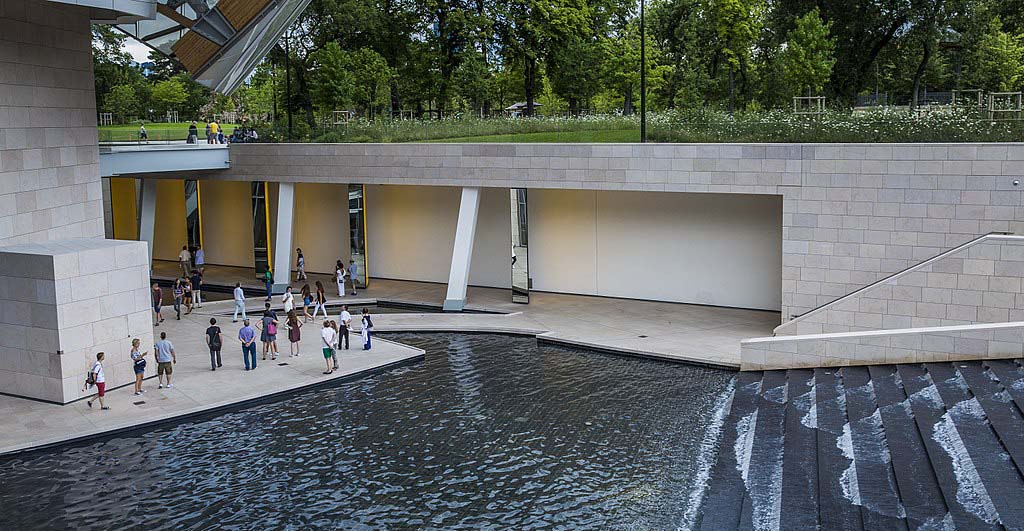
Photo by Ninara from Helsinki, Finland, Paris 4Y1A3706 (19695496530), CC BY 2.0
Another new and important arts space, the Fondation Louis Vuitton (FVL), is dedicated to promoting art and culture of the 20th and 21st centuries. Only a little west of Paris proper, the overwhelmingly popular destination is in the Bois de Boulogne. Frank Gehry designed the architecturally significant structure and it is an artwork itself.
When it opened in 2014, FVL was an immediate hit with the public. FVL is a private collection that, “comprises a constantly evolving body of work that naturally falls into four categories: Contemplative, Pop, Expressionist, Music & Sound.”
Be ready to have your senses overloaded while visiting FVL. If you want to get ready, all of the pieces in the collection can be seen on the website. And, you can see the multiple exhibitions displayed at any one time from artists from all corners of the globe.
7. Musée Carnavalet
In the Marais, two architectural gems of townhouses are joined together creating a museum that tells the history of Paris. One townhouse was built in the 1550s; the second in 1688. Together they make up the extraordinary Musée Carnavalet showcasing the history of Paris.
One hundred rooms are chock-a-block with art, objects, furniture and displays. Plus, the gardens outside are charming and beautiful examples of the French know-how with plants. From the ancient history of the Parisii, all the way to the 20th century, see the history of the City of Light unfold in this elegant museum.
It is closed for renovation until the end of 2019.
8. Musée de Cluny, Musée National du Moyen Âge (Cluny Museum, National Museum of the Middle Ages)
Roman baths in the middle of Paris? You bet. What about medieval treasures including the most enigmatic tapestries in the world? The Cluny Museum is the place for you.
The ancient Roman baths of Lutetia (the Roman name of Paris) date from the 1st or 2nd century AD. They include a giant cold room (frigidarium), hot rooms (caldarium) and a gym or wrestling room (palestra). It is amazing to be walking along boulevard St. Germain or boulevard St. Michel and gaze across a lawn and see interesting brick and stone work walls with massive Roman arches. And, they are conjoined with a 15th century Gothic mansion that was home to the abbots of Cluny.
Inside this turreted medieval showplace you can find medieval and Renaissance works of art. Amazing objects including statuary, furniture, architectural elements, religious icons, mosaics and tapestries. A group of maybe the most famous tapestries are displayed here.
The Lady and the Unicorn (La Dame à la Licorne) tapestries are in a room by themselves and it is breathtaking to see these marvelous art works at one time. First, they are huge. Second, they are intricately detailed, full of symbolism and gorgeous. Third, they were woven around 1500 to represent the five senses. The sixth tapestry shows the lady in front of a tent with a banner containing the words, “à mon seul désir”. It is this tapestry that is the subject of much discussion as to what that phrase means. Literally, the words translate as, “to my only desire.” And, what do those words with those images mean? Take a look for yourself and make your own determination.
Such intrigue in the Middle Ages! Like many of the other lesser known museums in this article, the Cluny is a manageable size and great for an hour or two visit.
9. Musée Jacquemart-André
This house museum was designed with the intention of showcasing the owners’ art collection. Edouard André began passionately collecting art in the 1860s. And, soon, he needed a place to display it. So what else does one wealthy art collector do? He commissioned a mansion on Boulevard Hausmann in the 8th arrondissement.
Little did he know that he would one day meet his collecting match in Nélie Jacquemart. They married and spent 13 years together in a collecting frenzy. Even after Edouard died in 1893, she spent the rest of her life collecting art. And, eventually turning the house into the museum we see today, the Musée Jacquemart-André.
Along with notable sculptures, paintings, decorative objects, carpets and a plethora of art treasures, it includes medieval masterpieces by Botticelli, Donatello, Bellini and Mantegna. Also, it has a café under a Tiepolo fresco.
10. Musée Nissim de Camondo
Count Moïse de Camondo’s express intention was “to recreate an eighteenth-century artistic residence.” And, that is what he did. Fully preserved as it was originally built between 1911 and 1914. It is mansion in the style of the Petit Trianon of Versailles. But, with all the modern conveniences of the most advanced houses of the time. (Check out the kitchen.) And, the Musée Nissim de Camondo is maintained as if it were still a private home.
Can you imagine living in this place?
It is an elegant way to spend an hour or two. Perusing the objects, imagining life at that time – or in the 18th century, looking out to the Parc Monceau. Nearly all of the objects are from the second half of the 18th century (1750-1799) from the periods of Louis XV and Louis XVI. Masterpieces by the most superb craftsmen of the time. Incredibly beautiful, refined to the last detail. Carpets, paintings, furniture and all kinds of objects tastefully fill the rooms.
Now, the museum has a restaurant in the former parking area. So, take your time to explore this mansion.
Along with Beauty Comes a Sad History
However, it is a sad history that provides this beauty. Nissim de Camondo, the son of Count Moïse de Camondo and his wife Countess Irene, joined the French Army when World War I began. He became a pilot and died in air combat in 1917. At the Count’s death in 1935, he left the mansion and its contents to in honor of his son to create a museum. Later, Nissim’s sister, Béatrice, along with her two children and ex-husband died in Auschwitz.
11. Musée national des arts asiatiques – Guimet (Guimet Museum)
Just down the hill from where visitors gasp at the Eiffel Tower, the Guimet Museum houses France’s national Asian art museum. Like most of the capitol’s museums, the building is impressive and imposing.
But, the more than 45,000 objects within are even more spectacular. Masterpieces from the Asian world fill the space. Musée Guimet holds the largest collection of Asian objects outside of Asia. Originally, the collection was in Lyon, from where Émile Guilmet hailed. But, later, moved to Paris.
Tibet, Nepal, Cambodia, China, Japan, Korea, India, Thailand, Indonesia and even more near Eastern cultures are represented. Monsieur Guimet traveled extensively and collected voraciously. That is what you can do as an industrialist.
12. Musée Cernuschi; Musée des Arts de l’Asie de la Ville de Paris (Cernuschi Museum)
In 1871, Henri Cernuschi began a 28 month tour of Asia. On that voyage to the East, he collected around 5,000 pieces of art and artifacts from great Asian civilizations. All of these were shipped back to Paris and they form the core of this extensive collection. Imagine that trip!
Han and Wei funerary statutes, Sung porcelain, bronze Buddhas, terracotta works. When visiting Kyoto and Nara, he had to have special permission and was only allowed to enter by sedan chair. When he returned to Paris after the tour, he built a mansion to house his collection.
Also, Cernuschi acquired some incredible vintage photos of Asia in the 19th century that are fascinating to see. Before he died, Cernuschi left his home and collection to the City of Paris. The Cernuschi Museum opened in 1898.
Practically around the corner from the Musée Nissim de Camondo. Also on the Parc Monceau.
13. Palais de Tokyo – Two Museums in One
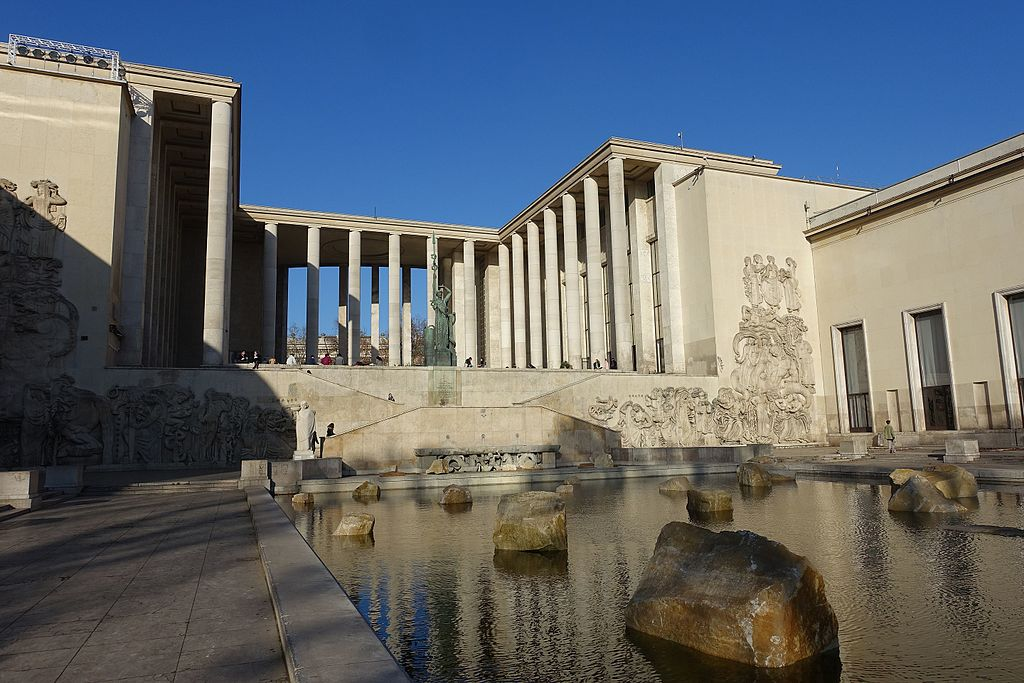
Two museums in one. Photo by Guilhem Vellut from Paris, France, Palais de Tokyo @ Paris (31361278606), CC BY 2.0.
Originally built for the International Exhibition of Arts and Technology of 1937, the name came from the street it was on – the Quai de Tokio. Currently, the street is named, Avenue de New York. This grand building is now home to a modern art museum and to Europe’s largest center of contemporary art.
One Museum
On one side, you will find the Musée d’Art Moderne de la Ville de Paris (Modern Art Museum of the City of Paris). Furniture, painting, art objects, carpets, furniture and statuary from the beginning of the 20th century laze around the building. Nothing is too cramped or squished in this museum. The rooms are expansive with soaring ceilings.
Along with works by Picasso, Modigliani, Derain, Chagall and other major artists from the period, two exceptional works are here. One is Raoul Dufy’s, “La Fée électricité,” illustrating man’s harnessing and using electricity. The mural is in a room by itself, deservedly. The other is Henri Matisse’s, “La Danse.” This installation on an entire wall of an exhibition space of the palais can be breathtaking.
Two Museum
And, on the other side, the Palais de Tokyo. The contemporary art space only shows temporary exhibitions of emerging art from all over the world. Read – it can be challenging to comprehend the depth of the artist’s work at a glance. On the other hand, it is open until Midnight every day except Tuesday. So, go after dinner if you need a walk.
A little of the description from its website, “A rebellious wasteland with the air of a Palace, an anti-museum in permanent transformation, Palais de Tokyo has kept Paris full of life and on its toes since 2002. At once convivial and challenging, generous and cutting edge, inviting and radical, poetic and transgressive, it is a space to learn, to experience, to feel, and to live – a space from which the unexpected springs forth.” Go see what can inspire such a description.
Check out the gift shop at the Palais de Tokyo for cool journals as souvenirs for students back home. And, take a picture in the photo booth, called, “Foto Automat.” Look for it and pose for the camera.
14. Musée du quai Branly – Jacques Chirac
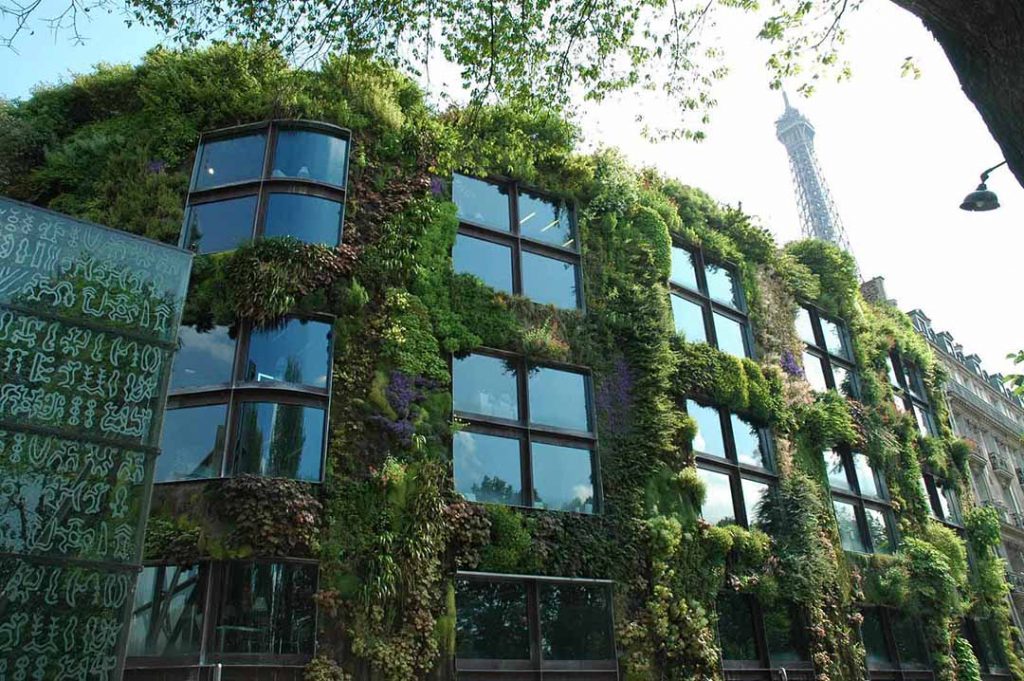
Musée du Quai Branly
In 2006, the Musée du quai Branly opened to great fanfare. Finally, France had its wish of a museum dedicated to non-European societies and to presenting the objects formerly seen as ethnographic in an artistic setting.
Jean Nouvel designed the building that sits in the shadow of the Eiffel Tower along the Seine. One whole side is covered in a living wall of greenery. As you enter, a clear cylinder of storage is packed with treasures that beckon visitors to crane their necks to see more of what is inside.
And, storage they must have by the boxcar. The museum is home to more than 300,000 works from Africa, Asia, Oceania and the Americas. ” Located on the banks of the River Seine, at the foot of the Eiffel Tower, the musée du quai Branly – Jacques Chirac aims to promote the Arts and Civilizations of Africa, Asia, Oceania and the Americas, at the crossroads of multiple cultural, religious and historical influences. As a space for scientific and artistic dialog, the museum offers a cultural program of exhibits, performances, lectures, workshops and screenings.”
Although the lighting could be a little brighter so you are not in fear of tripping, the experience is a must.
15. Musée de la Chasse et de la Nature
From my friend, Lynn – One of the great finds on this past Paris trip was the small museum, Musée de la Chasse et de la Nature. It is in two buildings. The 17th c. Hôtel de Guénégaud and the next door 18th c. Hôtel de Mongelas. It is unlike any museum I have ever been in. It is set up like an “imaginary residence of a hunter and collector.” You wander through rooms dedicated to individual animals, such as the wild boar room.
There you learn how important the boar was for its flesh and how dangerous the animal is. There are examples of boar teeth, prints, paintings and even drawers with scat. The way it’s presented is novel and intense and not just a stuffed boar hanging on the wall. It is as much about art as it is about hunting. This is true for every room.
Lynn’s description made me put this on my list of must-see places! Taxidermy included, but, from what it seems, much more as well.
For more on art in Paris, check out New Paris Art Exhibits & Musical Highlights 2019/2020.
And, in case you didn’t know, the Lourve offers free admission on the first Saturday night of every month.
